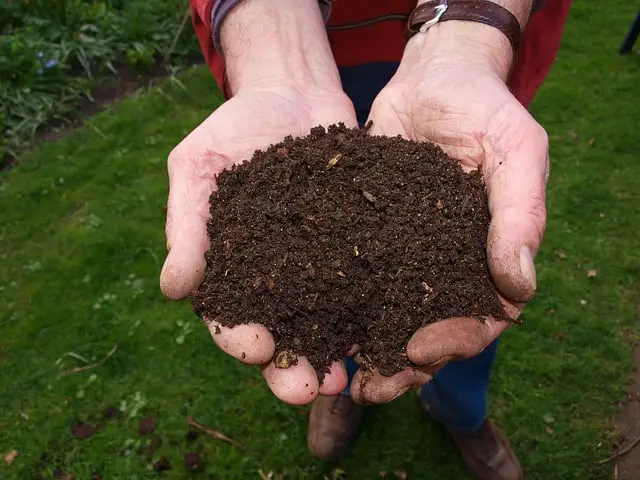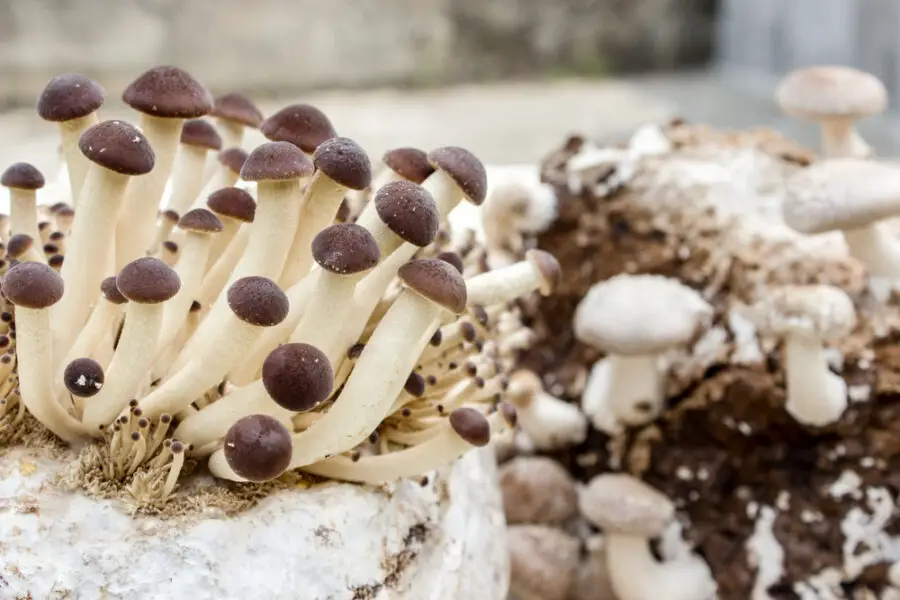Morels grow under cedar trees because they like the organic decaying matter and have a mycorrhizal relationship with the roots of the cedar tree. Morels especially grow under cedar trees that are dead or struggling.
Morels are a highly prized mushroom that are a favorite among foragers and high-end restaurants alike. Because they are hard to cultivate successfully, they mainly have to be foraged. They are one of the first signs of spring. If you know where to look, you might just come upon a morel stash of your own!
What are cedar trees?
Cedar trees are native to the Mediterranean and the Himalayas.
They can grow up to 60 meters tall. They have spicy scented wood, bark that is cracked in squares, and broad branches.
Cedars have dimorphic shoots and evergreen leaves that are like needles.
They have seed cones that are shaped like barrels.
You are likely familiar with cedar trees, even if you don’t know them by name. They are very common in parks and forests.
What are morels?
Morels are edible mushrooms that are incredibly hard to cultivate and therefore must be foraged for the most part. According to The Spruce Eats, studies have taken place at Michigan State University and in China to try and farm morels.
They have a texture like a sponge and a cap that is cone-shaped. They are two to four inches tall. Their caps range from pale to black with a pitted texture.
Morels are hollow, one of their most defining characteristics.
They are mainly found in wooded areas throughout Europe and North America.
Do morels grow under cedar trees?
Morels like cedar trees. They especially prefer cedar trees that are dead or ailing, as the decomposing matter feeds them.
If you are out foraging for morels, try to find a cedar tree to look under instead of looking everywhere. This will expedite the process so you aren’t looking in places where morels would never grow.
Why do morels grow under cedar trees?
Morels like to grow under cedar trees because it is a moist area with decomposing matter for them to grow out of. They also like cedar trees because they have a mycorrhizal relationship with the roots of the tree.
What is a mycorrhizal relationship?
A mycorrhizal relationship is a symbiotic relationship between fungi and the roots of a tree.
The fungus is unable to fix its own carbon because it doesn’t photosynthesize. So it receives all of its carbohydrates from the roots of the tree.
In return, the morel absorbs nutrients from the soil and gives them to the tree.
Morels have root-like structures in order to absorb as many nutrients as possible for the tree.
How do you identify a morel?
The two main features that define morels are their caps and their hollow interiors.
Morels have pitted caps that are ridged. Their caps are attached to their stems.
There is such a thing as “half-free morels” where the bottom of the cap will hang freely from the stem. These are more difficult to identify.
Once you think you have a morel, cut it in half lengthwise. Morels are hollow inside all the way from the bottom of the stem to the tip of the cap.
Morels can fruit anywhere from February to June. If you live in a cooler area, the fruiting season will be closer to May through June.
The caps are typically longer than the stems, and the spore print is light in color.
Are there false morels?
False morels are inedible and often mistaken for morels. They contain a toxic chemical known as Gyromitrin. False morels can cause extreme dizziness, nausea, vomiting, and severe headaches when consumed.
The caps tend to look like brains or wrinkles that are brittle when you touch them. They are red or brown, and can grow to be almost black. They are between 2 and 10 inches tall.
The best way to determine a false morel is to cut it in half. Real morels are hollow, whereas false morels are not.
What are some things to consider when hunting for morels?
There are many safety considerations when morel hunting. Here are some tips from The Great Morel.
- Have proper foot support. You may encounter many different kinds of terrain, so a good pair of well-fitting boots is essential. Wear wool socks. Cotton socks will hold onto sweat.
- Have a hiking or walking stick. It is good support when you hike and you can also use it to move vegetation and look for mushrooms. It can also help you if you end up tangled in a briar patch.
- It is very important to wear something that will repel ticks. They are not only a pain, but they can be dangerous. Check yourself for ticks when you’re done morel foraging.
- Know which plants are poisonous. Poison ivy, poison oak, and more can cause severe reactions.
Where can you buy morels?
Morels can be pricey because they are so elusive.
Temperature fluctuations and differences in rain can change the morel season by weeks or drastically cut it short.
Foragers sell morels by the pound. You can find them at specialty stores and farmers’ markets. They are also sold online frozen or dried.
You can try growing your own morels with mushroom kits, but it is very difficult.
How do you store morels once you buy or forage them?
Don’t wash your morels until you are going to use them. Store them in a breathable paper bag and use them as quickly as you can.
The longer they sit in the fridge, the more dry they will be. However, putting them in the fridge can keep them fresh for up to a week.
Plastic bags will make them rot.
You can also freeze morels that are washed after you dry them. This can last through the next winter. They will still be flavorful but they will have a mushy texture, which makes no difference if you are going to puree them in your recipe.


